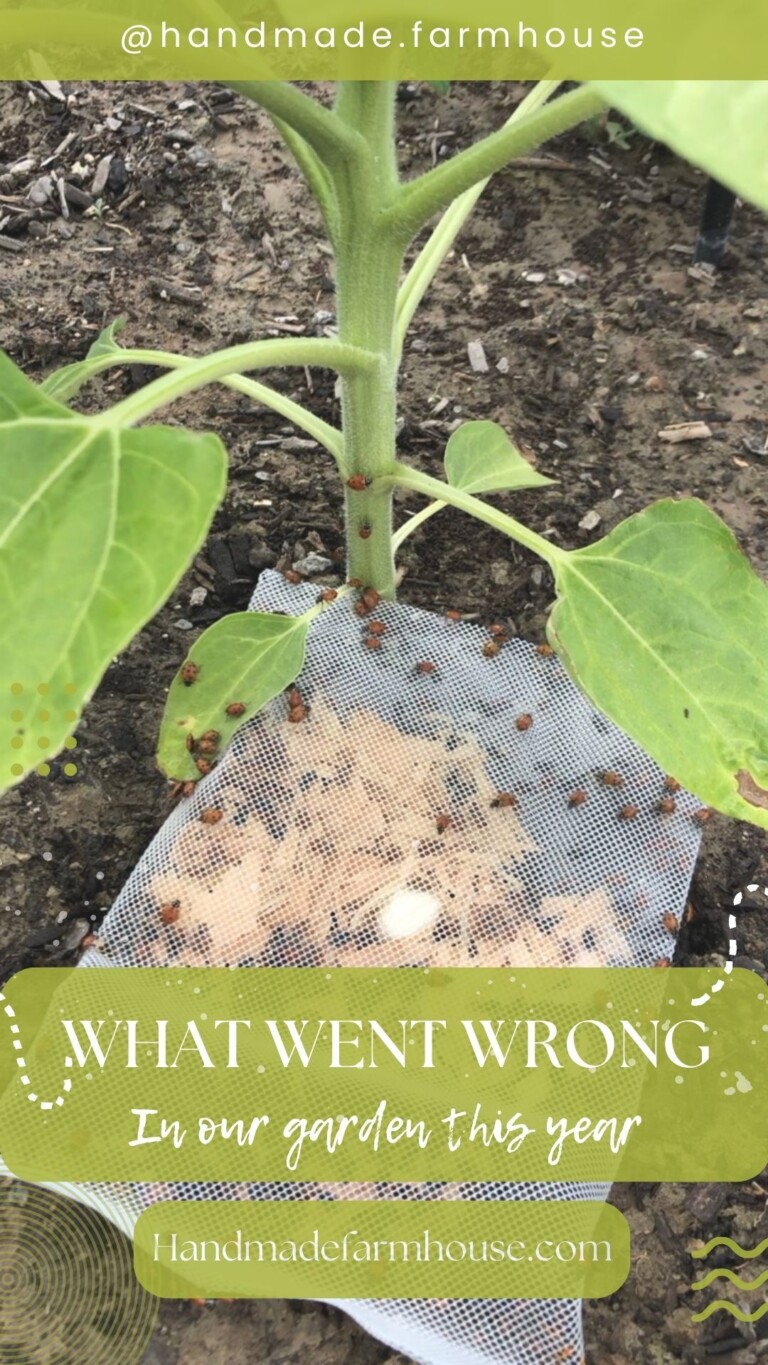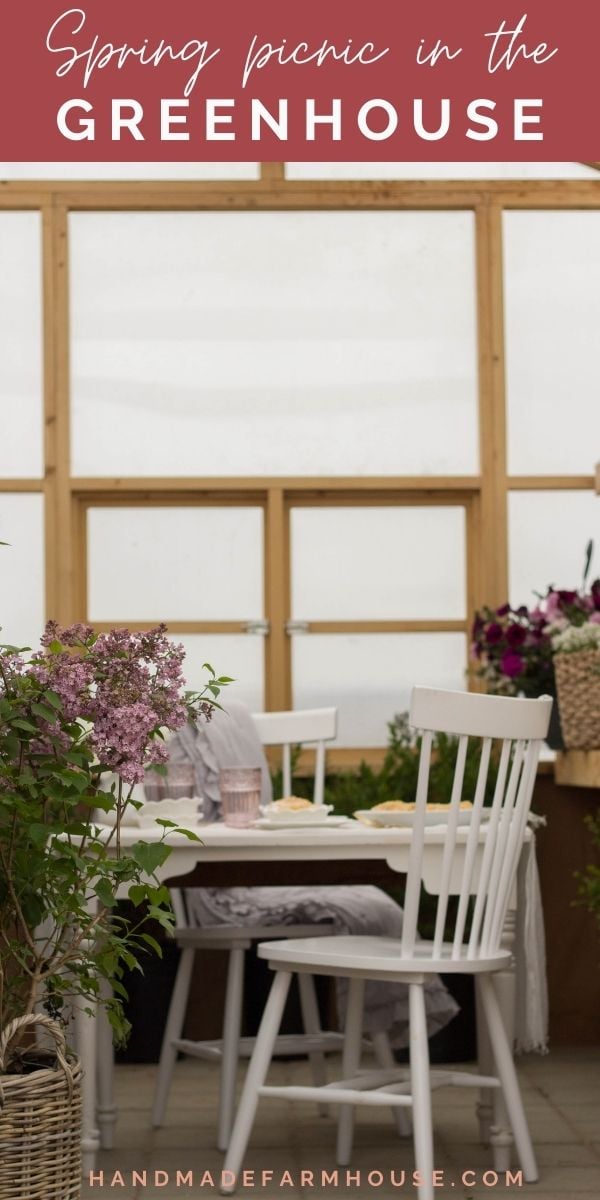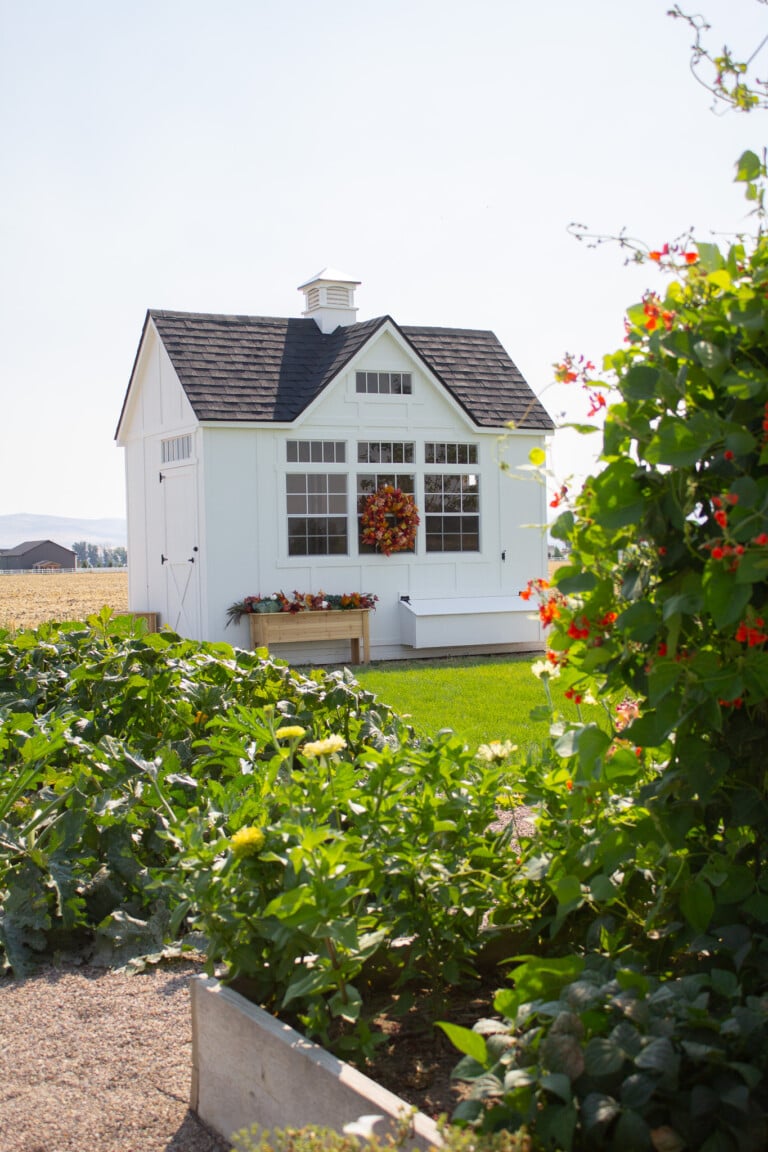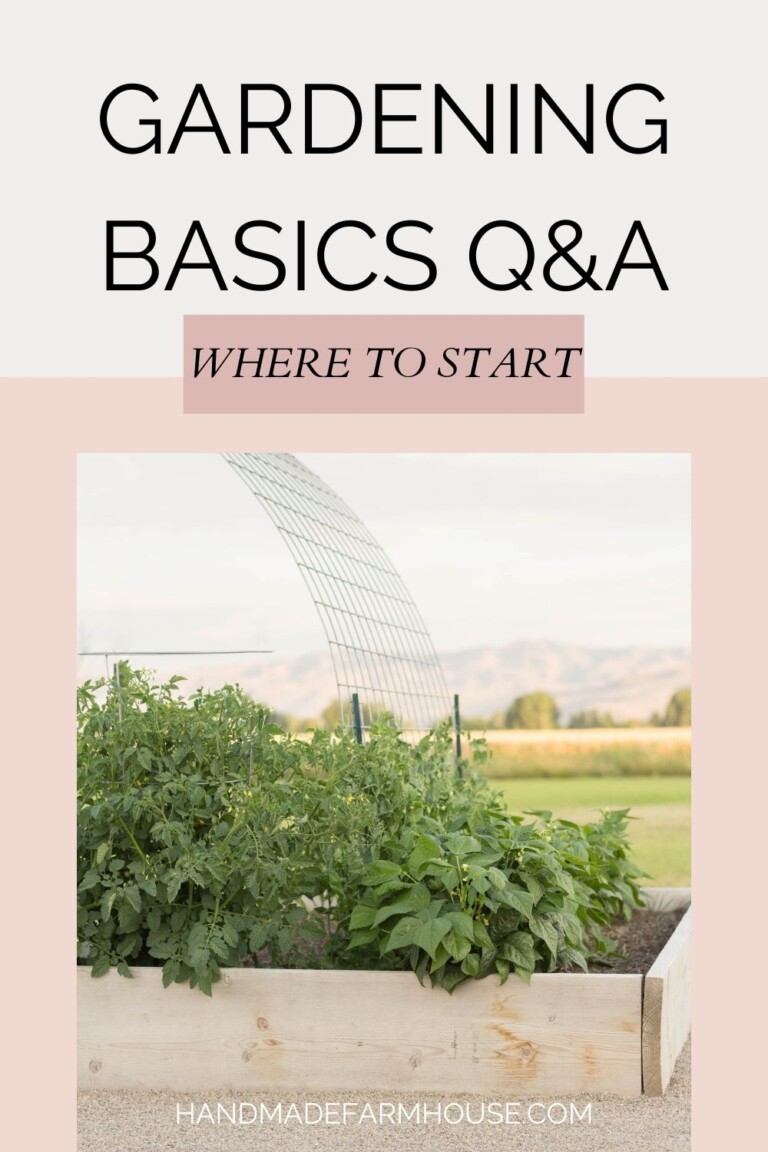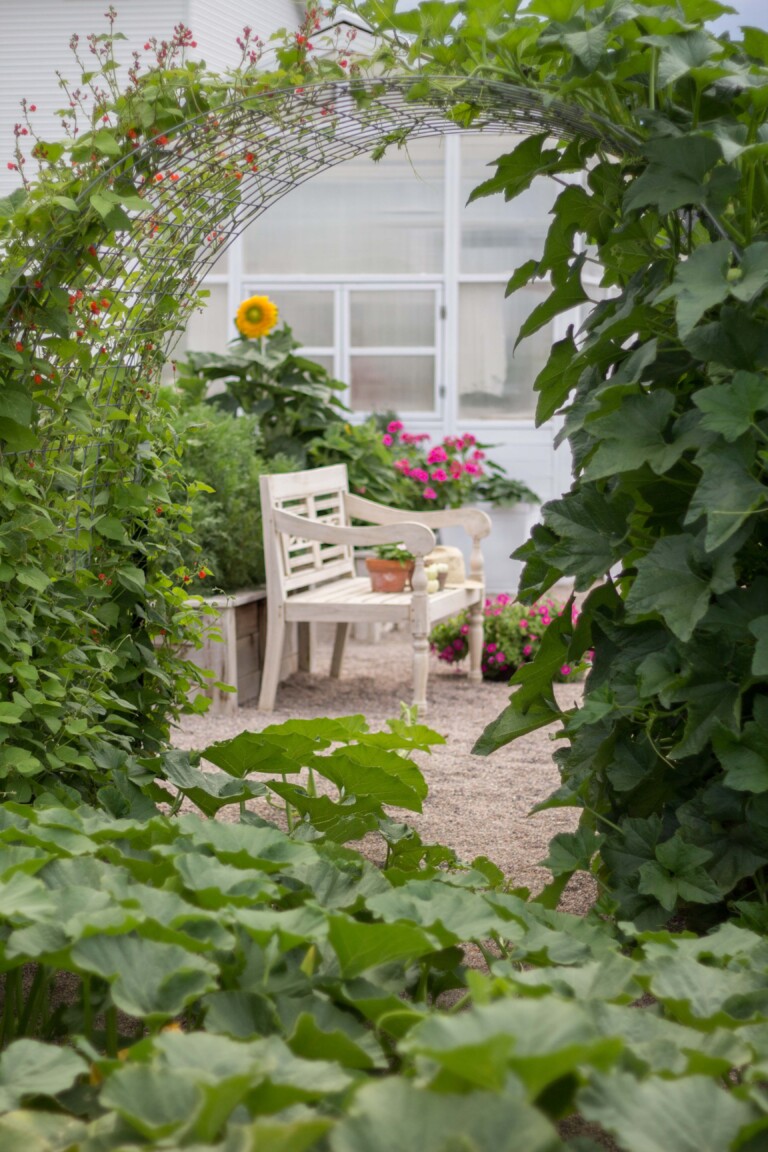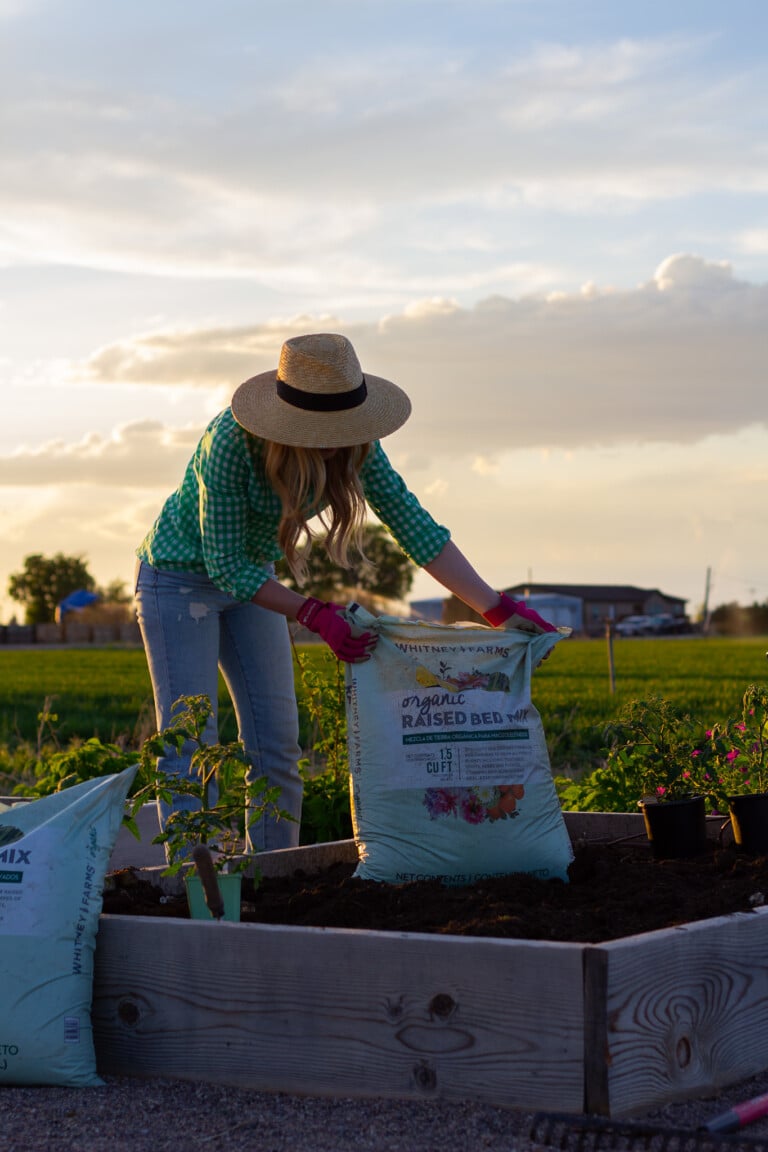Today I am sharing tips for growing healthy tomatoes and a few routines and tricks I use each year in the garden that result in a healthy harvest for us!
Tomatoes are the #1 plant grown in home vegetable gardens so making sure your plants are strong and healthy from the start will set you up for great success. Keeping disease and pests away, pruning, and fertilizing all help result in a summer full of delicious, juicy red tomatoes from the garden.
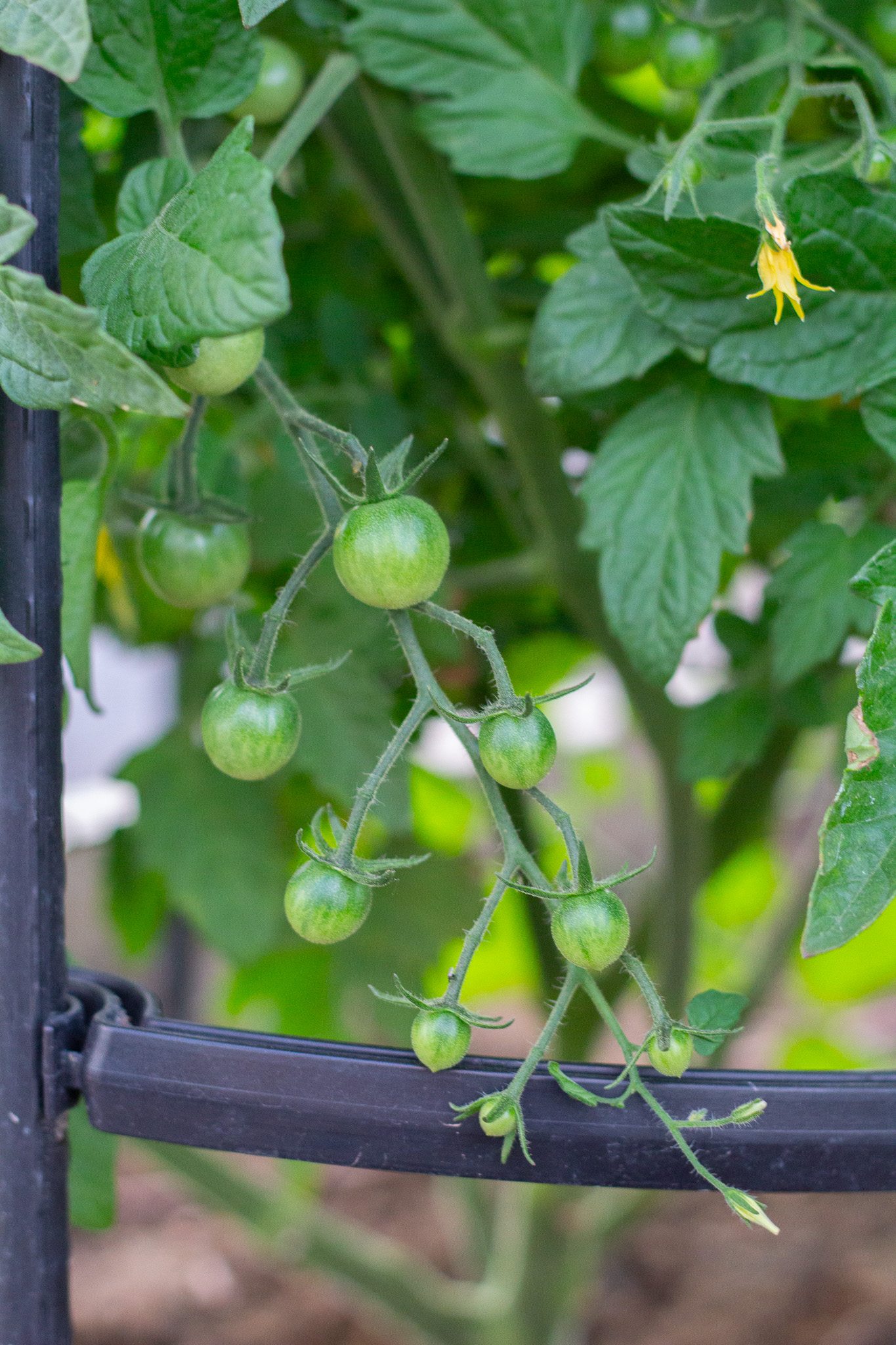
This post contains affiliate links. Read my full disclosure here.
What can go wrong with home grown tomatoes?
There are a few issues that can arise when you grow tomatoes in your garden, below are a few of the most common. The good news is, most all of these problems can be resolved if caught quickly so you can bring your plants back to good health!
- Blight
- Blossom end rot
- Mold and Mildew
- Lack of nutrients in the soil
- Soil that is too wet or too dry
- Pests or insects that attack the plant

Determinate vs Indeterminate tomatoes
Did you know there are differences in how large your tomato plants can grow? When you plant, do your research on the variety of tomatoes you picked so you can find out if they are determinate or indeterminate. The difference is, determinate tomatoes will stay in a bush shape, reach their mature height, set all their fruit at once and then stop growing. Indeterminate tomatoes can continue to grow vines all summer, set fruit throughout the season and get very large and tall! Indeterminate plants will need sturdy supports, trellis’ or cages.
My tomato plants have always been indeterminate so I finally decided to get some good heavy duty cages that would hold their weight and support them during summer wind storms. I have loved these cages from Gardeners. They’re called the Titan cages and come in a set of 3.

Tomatoes I like to grow:
- My go-to tomato is always an Early Girl! We love the flavor and taste. They are easy to grow and great for slicing, using on sandwiches or snacking on with a little s&p, basil and cheese!
- Last year I tested out some heirloom tomatoes and fell in love. The Cherokee Purple came highly recommended and did not disappoint! Its deep, dusky rose color with green stem makes it a gorgeous addition to salads or even used on pizza or for sauces. Cherokee Purple also contain many vitamins and antioxidants and they don’t taste as acidic as many other varieties.
- Another beautiful heirloom we grew and loved was Black Krim. This indeterminate beauty is reddish purple and has a unique, lovely shape. Black Krim are delicious for fresh eating and great for sauces. We love using slices on BLT’s!
- A new variety I planted this year is Amish Paste. Amish paste are Roma tomatoes and they are meaty, hearty and supposedly fantastic for canning and sauce-making because they contain less water. I can’t wait to try making homemade spaghetti sauce this fall with some amish paste, garlic and fresh basil.
- Last but not least, I am testing out Superset 100 cherry tomatoes. They already look so cute! These will be great for snacking and enjoying on salads.

Tips for Growing Healthy Tomatoes- Less is more:
I used to try and fit lots of tomato plants close together in my raised beds. I have learned over trial and error that less is more! When it comes to planting indeterminate tomatoes, I am getting a lot more fruit, and keeping healthier plants when I plant less and give my tomatoes lots of space. Tomatoes have a large root system, need space to spread and grow, and they also need a chance to have proper air flow so they can dry off after a rain storm or sprinkler watering. This will help prevent the leaves from getting any mildew, and also ensure that your roots are not battling for nutrients against each other below the soil.

Fertilizing your plants:
There are a lot of suggestions when it comes to researching the best way to fertilize your tomatoes! I have heard of planting an egg along with your plant, crushing egg shells and sprinkling them in the soil, using epsom salts for magnesium, or even making a compost or banana peel tea to pour around your plants.
No matter which method you choose for fertilizing, one thing you need to know is that tomatoes are heavy feeders (especially nitrogen) and definitely need nutrients to use from the soil! I have tried a few different things over the years but 2 products I really like are Jobes Tomato Spikes (add 2 to the soil early in the season about 6″ from the base of the plant). Second, this organic plant food from Whitney Farms. I used their raised bed soil that is full of organic nutrients this year and my plants are so healthy! I’m keeping their plant food on hand to use throughout the rest of this season.

Tomato Pruning: to do or not to do
After a bit of trial and error, I have learned some do’s and don’ts when it comes to tomato pruning. You may have heard that it’s a good idea to prune “suckers”.
Tomato suckers are the new branches that appear in the junction between a main stem and a branch. They often will produce a huge main stem themselves that when left to grow can become a whole new plant with flowers and fruit. Many recommend clipping suckers and keeping them under control so they do not steal nutrients and energy from the original plant. If you choose to prune suckers, the sooner the better! Doing so may keep indeterminate tomatoes more manageable, help keep air flow open to the plant, and give you fruit that is larger and ripens sooner because it is not competing.
Last year I experimented with this and the kids and I clipped every sucker we could see. We did have success with our tomatoes and we were able to make tomato sauce for spaghetti that lasted us months in the freezer.
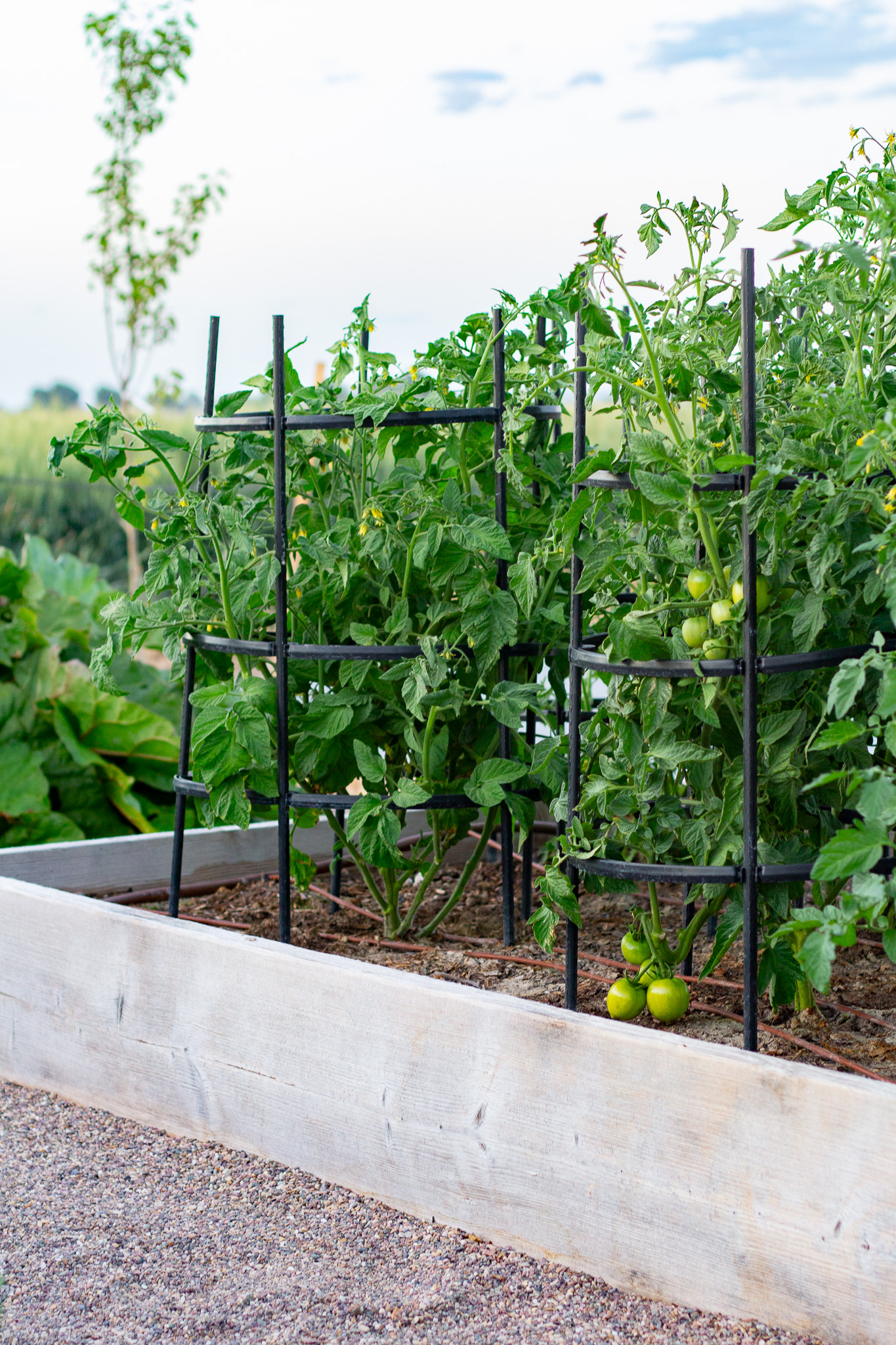
What will happen if I choose not to prune suckers?
This year, however I am testing out NOT pruning suckers, and instead only pruning the bottom of the plant about 6″ high to keep air flow and light coming through. The idea behind not pruning suckers is to give your plant a chance to produce more (without cracks or blemishes) fruit, even if it turns out smaller. So far our plants look very healthy!

Should I prune the bottom branches from my tomatoes?
Trimming the bottom 6″ or so of your plant is an absolute game changer to keep your tomato plants healthy! Just this year after pruning I noticed my plants took off, filled out and started producing so many tomatoes!
Pruning the bottom branches of your plants help prevent leaves from rotting in the soil and introducing bacteria, blight spores or mildew to the plant. It can even help with pests and insects crawling up the leaves! Keeping the branches trimmed will also open up the base of the plants for air flow and allow light to come in. My main stems look strong and healthy which is resulting in a happy, thriving plant. You may not want to bother with pruning your plants, but I would suggest making this a priority. It makes such a difference!

Other garden posts you might enjoy:
Thank you so much for stopping by the blog today! I love sharing what I am learning each new garden season. You might be interested to see last year’s garden, what went wrong and what went right (including our greenhouse tour!).
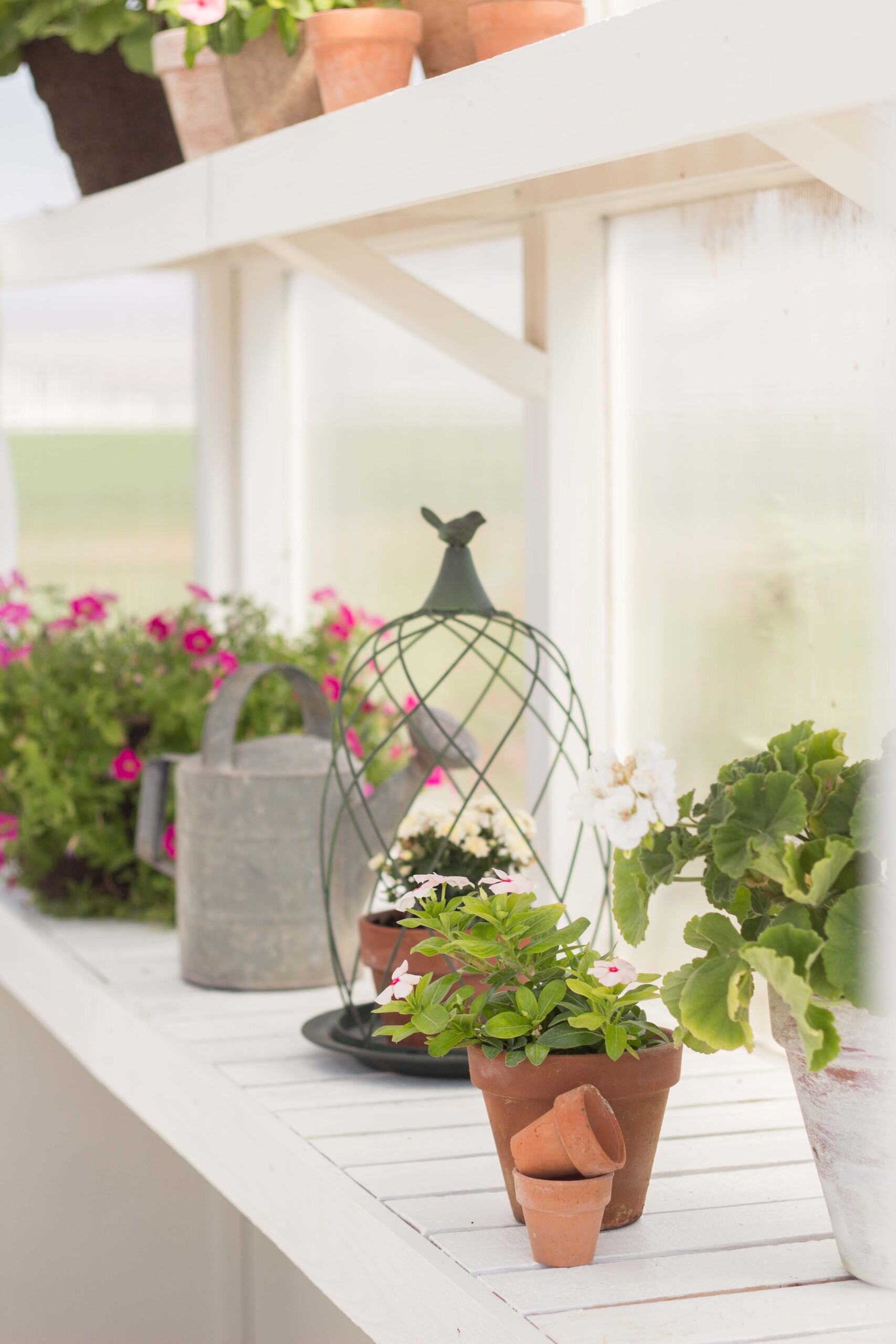
Did you enjoy this post with Tips for Growing Healthy Tomatoes? PIN IT!


